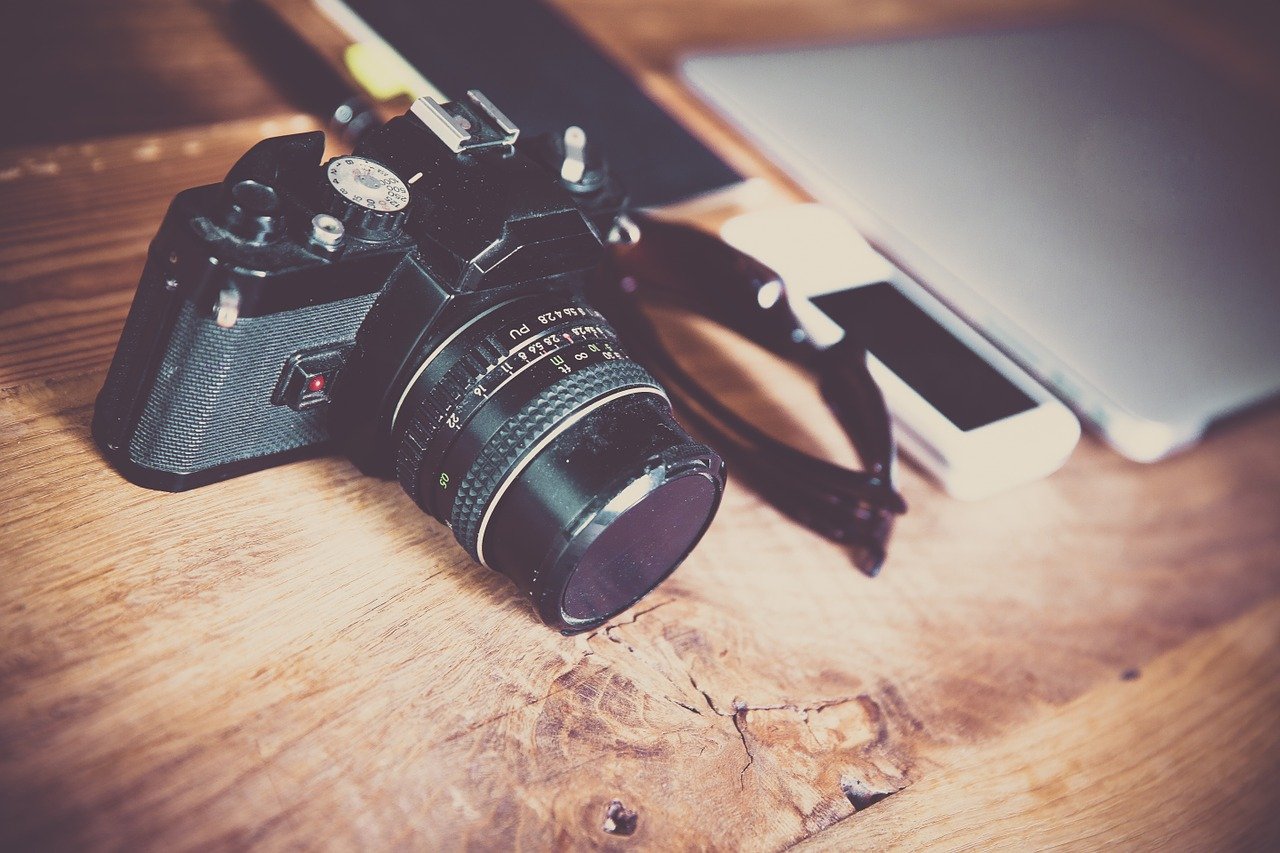 Photography has different niches. There’s wedding, street, e-commerce photography, the list goes on and on. Though specialties vary, there are a couple of tricks that are shared among photographers. It’s tempting to follow these trends and hacks, but you have to remember that cliches weaken your impact as they result in unremarkable output.
Photography has different niches. There’s wedding, street, e-commerce photography, the list goes on and on. Though specialties vary, there are a couple of tricks that are shared among photographers. It’s tempting to follow these trends and hacks, but you have to remember that cliches weaken your impact as they result in unremarkable output.
You can get closer to becoming a professional by being more aware of habits that lead to uninspired photos.
Find out which photography clichés you need to retire today.
Insisting on a watermark
They’re not as secure as you think. People can easily erase your watermark using image editors. Plus, this superimposed logo of yours should be applied wisely. You want to study what type of image you are taking and decide if a watermark is appropriate. Try not to put your watermark on wedding photos, commercial photos and the like.
As an alternative, you can reverse search your image on Google by right-clicking on an image you took and selecting “Search Google for image” or simply dragging anddropping your photo here.
Unnecessary Dutch tilting
It may look good in movies, but it doesn’t always do the trick when taking photos. The Dutch title is a type of angle that involves a photographer tilting their camera beyond the axis, which originated in German Expressionism. It creates a middle ground for the horizontal and vertical parts of an image, creating a rotated look.
What you can do instead of creating this awkward, dizzying angle is zoom out. You can capture more without having to take a photo of something that makes your audience want to tilt their heads.
Going on HDR all the time
High Dynamic Range (HDR) captures numerous shots of the same image with varying values in order to create a single image containing each tone using bracketed exposure. This improves the depth of a photo and is commonly used for landscape photography.
The drawback is that it fills your memory card quickly and creates an oversaturated image. Having too many eye-catching and powerful colors in your print may create visual clutter and make your picture seem fake or, worse, tacky. Remember, you’re shooting a photo, and not imitating a Bob Ross painting. This setting can work wonders for you, but keep in mind that it must be used appropriately.
Bokeh
This cliché is one of the first things you learn when studying photography. In Japanese, bokeh means haze. In photography, it is a blurred-out effect that you can achieve by focusing on a backlit subject with a wide aperture lens. To achieve this, you should set it at f 2.8 aperture. Although it may be suitable for nature photography, it can often create a fresh-off-of-Tumblr look that has been overdone.
Some use bokeh as an alternative to product photography, but it doesn’t apply to everything. When done wrong, it can cause problems for projects involving jewelry retouching for ecommerce.
Using bad filters
You can acquire a more professional look by using image manipulation software like Lightroom for post-processing. Filters from photo sharing apps rarely give you control over advanced aspects such as selective edits like advanced editing software would.
It is easy to swipe from one filter to another and transform your image. But doing this won’t give you the same power to customize effects and fully express yourself. Remember that other people will have access to the same set of filters as you do, whether you pay for them. At the end of the day, Picasso didn’t create his masterpiece using paint by numbers.
Staying away from these clichés will help you become a more experienced photographer. It will also challenge the way you approach each shot and urge you to become more creative. This may seem difficult at first, but it’s a foolproof way for you to improve your skills and capture memorable shots.
